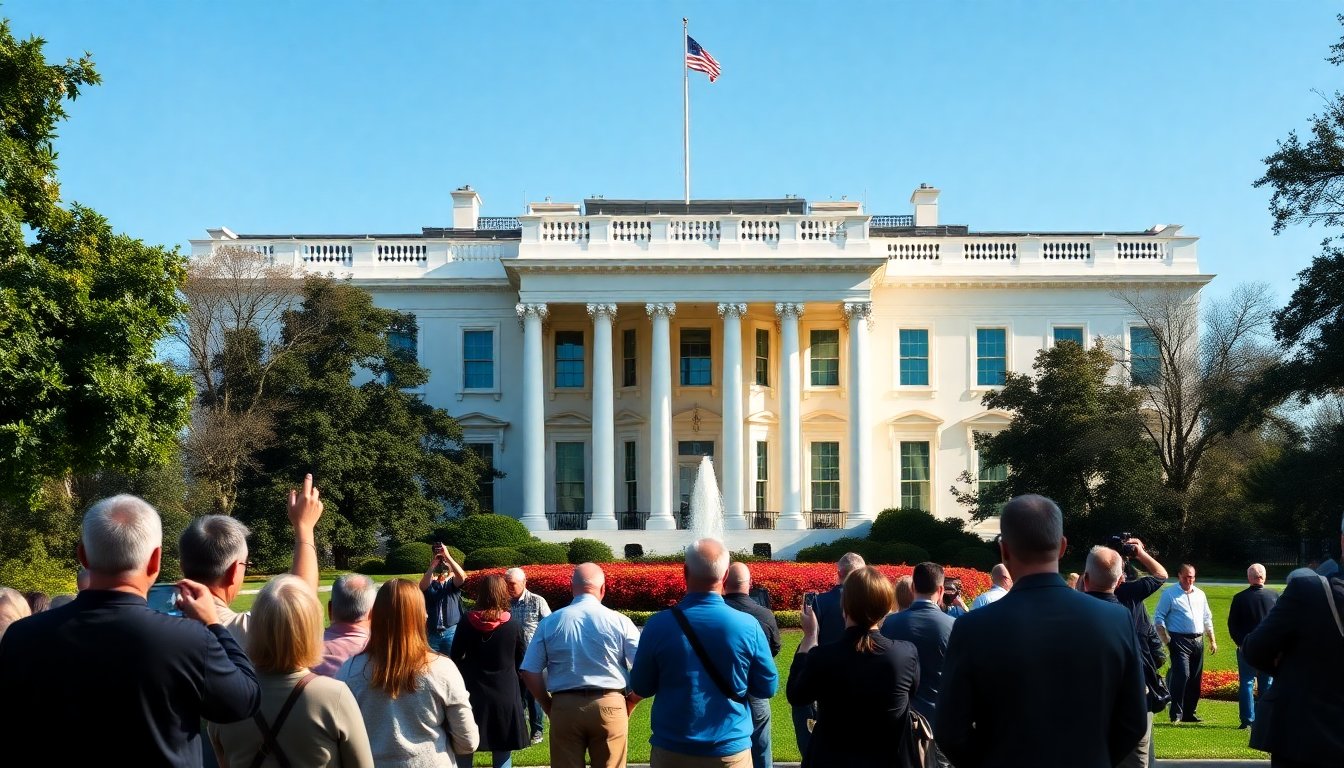Table of Contents
The historic East Wing of the White House, a symbol of American heritage, is at the center of a heated debate following the unveiling of renovation plans by President Trump. This initiative aims to nearly double the size of the East Wing, prompting significant criticism from former First Lady Michelle Obama, who underscores the need to preserve the integrity of this iconic building.
As one of the most recognized structures worldwide, the White House holds substantial cultural and historical value. The proposed changes, which include a complete overhaul of the ballroom and other key areas, could fundamentally alter this national treasure.
Michelle Obama’s perspective on preservation
Michelle Obama, who lived in the White House during her husband’s presidency, has expressed her concerns regarding the potential impact of Trump’s renovation plans. She emphasizes the importance of respecting the historical significance of the East Wing and the traditions it embodies, arguing that altering such a fundamental aspect of the White House could diminish its legacy.
The importance of historical context
According to Obama, the East Wing has been a vital space for numerous significant events, including state dinners and official receptions. The alterations proposed by Trump threaten to erase the historical context that makes this venue special.
Obama insists that any renovations should honor the building’s past while addressing modern needs without compromising its intrinsic character.
Concerns about scale and design
Another major point of contention is the scale of the renovation. The ambitious project is set to nearly double the East Wing’s current size, raising questions about the architectural integrity of the building.
Critics argue that such significant expansion could overshadow the historical elements that have stood for decades.
Architectural implications of the changes
The design changes proposed by Trump’s administration have sparked concern among historians, preservationists, and architects alike. Experts suggest that the renovation could create a clash between new design elements and the classic features of the East Wing.
The potential for architectural dissonance raises alarms about the overall aesthetic harmony of the White House complex.
Additionally, many believe that a project of this magnitude necessitates thorough public discussion and input from various stakeholders, including historians, architects, and the general public. Ignoring these voices could lead to decisions that overlook the collective value of the East Wing as a cultural emblem.
The role of public sentiment in renovation plans
As discussions about the East Wing’s future continue, public sentiment plays a crucial role in shaping the debate. Many citizens echo Michelle Obama’s concerns, advocating for a balanced approach that respects the building’s history while accommodating contemporary needs.
Engaging the community in decision-making
Involving the community in discussions about the renovation could foster a sense of ownership and pride in the East Wing. This involvement could ensure that the final design reflects the values and aspirations of the American people, rather than serving merely as a political agenda. The need for transparency and inclusivity in this process is paramount.
The proposed renovation of the East Wing by President Trump has ignited significant debate, particularly from figures like Michelle Obama, who stress the importance of preserving historical integrity. As discussions evolve, it is essential to consider the voices of those who view the East Wing not just as a physical structure, but as a symbol of American history and culture.





